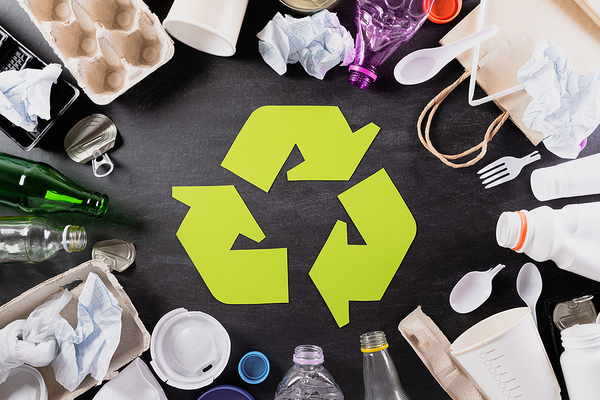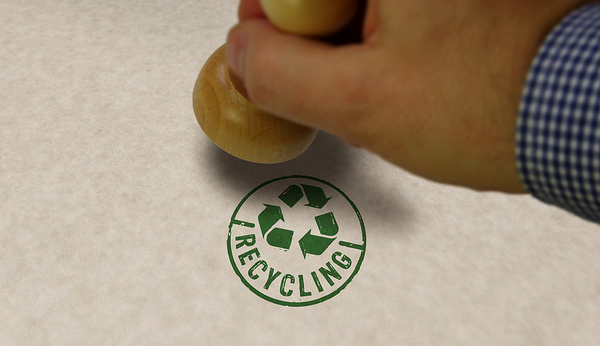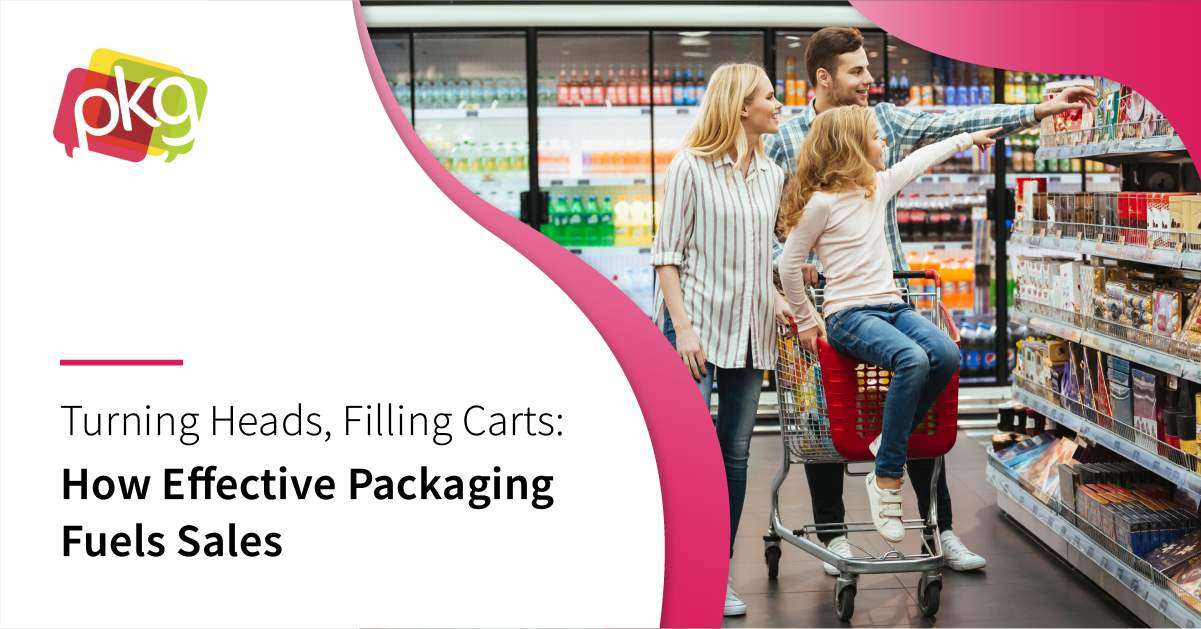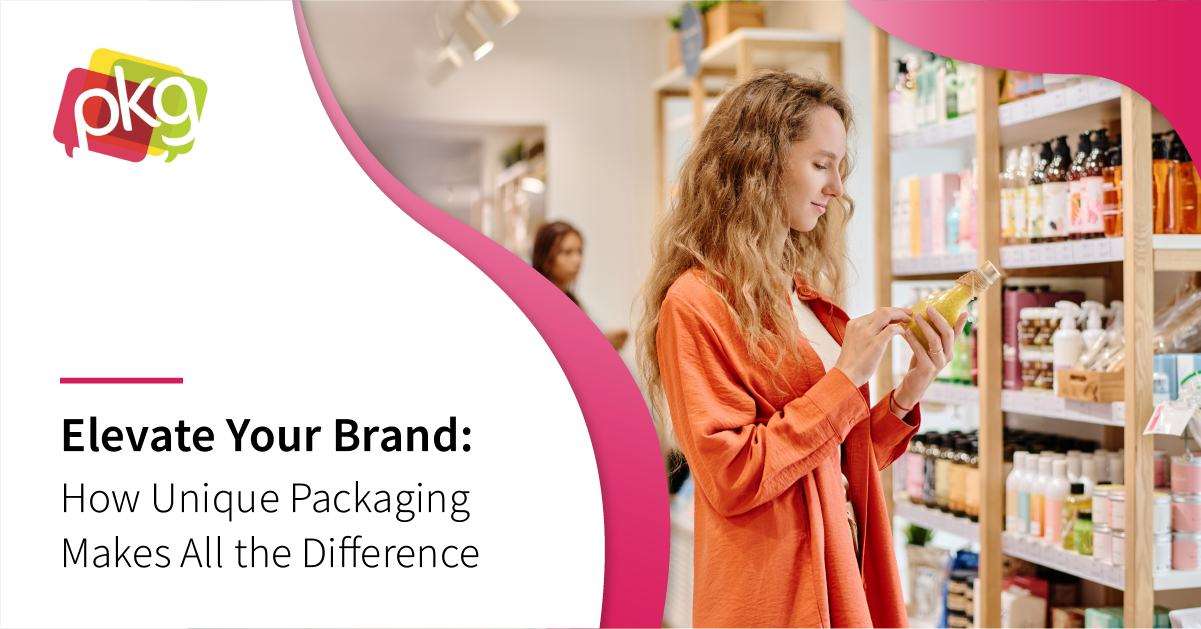
Like many other industries, packaging companies are evolving. From packaging design to more efficient technologies, these businesses are continually changing with the latest trends.
One of the most significant changes we’re seeing currently is the move toward a smaller carbon footprint and greener packaging designs. What other eco-friendly trends are affecting the packaging industry today?
Examples of Green in Packaging Design
CPG brand Coco-Cola Company has often taken heat from environmental groups worried about the company’s overuse of plastic bottles. In 2018, the company promised to recycle one bottle for every bottle sold by 2030.
They’ve also said they will use only recycled materials by that same date and pledged to use green packaging by 2025. This is a significant step in the right direction for this multinational company.
But Coco-Cola can learn a thing or two from beauty business Lush. They’ve been recycling and going plastic-free for a few years now. The latest data shows that just by changing their packaging design to embrace a more eco-friendly approach, Lush customers have saved more than 800,000 bottles from ending up in the landfill.
Reformation is an LA-based women’s clothing brand that plans to replace its entire lineup with ethically and sustainably sourced fashions. They’ve done a nice job innovating into a plant-based and compostable clothing line.
4 Trends in Green Packaging Driven by Consumer Preferences
Customers are driving many of these changes. The latest data shows 65% of consumers choose sustainable products over non-sustainable products whenever possible. As a result, packaging companies are changing their packaging design and sourcing and supply chains to adapt to these trends.
In addition to these specific examples, we’re seeing some trends emerge this year:
1. Sustainable packaging design is the new normal, with many brands announcing their efforts to reduce their carbon footprint. While individual brands are changing, there are also coalition efforts to affect change in entire industries. 2030 seems to be the marker year, which many companies are benchmarking as their sustainability goal.
2. Companies are innovating their packaging design; the latest data shows 90% of companies are making at least some effort at sustainable packaging design. Over the next few years, the companies that have only been experimenting or dabbling in green practices will increase their efforts.
3. Brands are also exploring reusable packaging as an option. Companies like Unilever and Blue Bottle Coffee are developing reuse and refill business models. Startups have entered the market specifically in this category, and established companies are replacing their plastic packaging with more environmentally-friendly options.
4. Finally, the latest trends show that poly-fluoroalkyl substances (PFAs), which are called “forever chemicals” for their persistence in the environment, are being questioned by scientists and consumers for their possible health risks. New laws have been passed in a few states and in Europe that ban PFAs as unsafe.

Given these and other trends showing that companies are evolving with consumer demand, one thing is clear: The companies that fail to respond to these trends will run the risk of falling behind and falling out of favor with their customers.
PKG Brand Design is always on the forefront of new CPG branding and packaging initiatives; please subscribe to our blog for the latest package design industry news!




-min-2.png)


